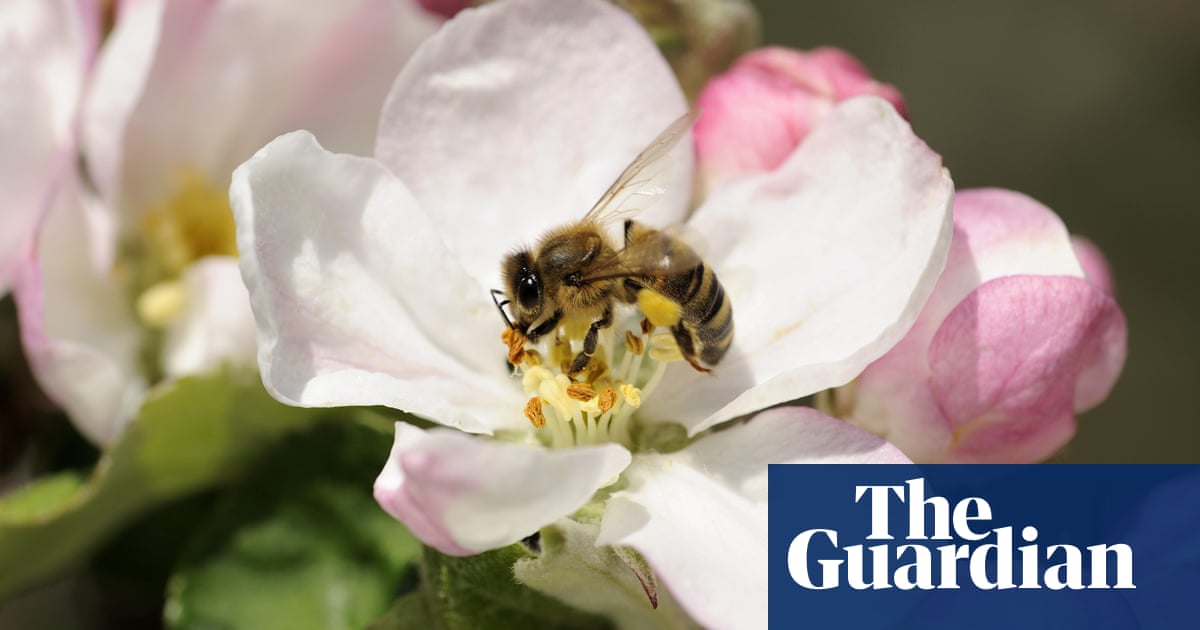
With sweeps of his arm, Jean-Pierre Kamara showers handfuls of tiny seeds over the freshly ploughed land near his village in Senegal’s southern foothills. A team of young men ahead of him loosen more of the clay soil for sowing, while older villagers trail behind, raking the earth back over the seeds.
Only breaking at midday to refuel on peanuts and palm wine, the village works methodically as a unit to grow fonio – a precious grain crucial to their diets that only takes days to germinate and can be harvested in as little as six weeks. Though laborious, growing fonio, one of Africa’s oldest cultivated grains, is simple and reliable, say Kamara’s Bedik people.
It grows naturally, they insist, where mainstream crops such as wheat and rice are harder to cultivate. It is also well adapted to the climate, nutritious, tastes good and can be stored far longer than other grains.
“If you put in front of me some fonio and also something made of maize, I’ll push aside the other because the fonio is much healthier. There are no chemicals used; it just grows naturally and then we harvest it. We don’t add anything,” says Kamara.
The benefits of fonio are so marked that academics and policymakers are now calling for the grain – alongside other indigenous foods, such as Ethiopia’s teff, as well as cassava and various millets and legumes – to be embraced more widely across Africa to improve food security.
The move comes as the UN warns that countries in the Horn of Africa are facing severe hunger, while many others have been hugely affected by rising wheat prices caused by Russia’s invasion of Ukraine.
Makhtar Diop, managing director of the International Finance Corporation, an arm of the World Bank, said last month that these crops were being under-utilised and needed greater investment, research and marketing.
These ancient foods, with their greater nutritional benefits and resilience to drought, could break the continent’s reliance on imported wheat, rice and maize, which often do not grow easily in Africa but now dominate people’s diets.
The African Development Bank’s proposal to improve food security by investing $1bn (£840m) in growing wheat in Africa has been met with scepticism because so little of the continent is suited to growing the crop.
Senegal imports about 70% of its rice, which is a key ingredient of the nation’s modern diet. The 436,000 tonnes produced domestically are grown in only four regions. Wheat, which is not grown in Senegal, made up 2% of its imports in 2020.
Senegal produced only 5,100 tonnes of fonio in 2019, according to the UN’s Food and Agriculture Organization, with most of it growing around the south-eastern Kédougou region. However, there are moves to increase production, and neighbouring Guinea produced 530,000 tonnes of the grain.
Michel Ghanem, an agronomist who co-founded the Forgotten Crops Society, is calling for more investment in these neglected foods.
“In sub-Saharan Africa, the diets were not wheat-based. They’re shifting; they’re becoming wheat-based, unfortunately, which is leading to non-communicable diseases, obesity and all sorts,” says Ghanem.
“You have lots of indigenous crops – like teff, fonio, sorghum – that people still eat today but have been neglected by funding agencies, the international research organisations, but definitely not by consumers. And it’s now that we should invest in these because they could close that [food] gap.”
Researchers say these neglected foods have several nutritional benefits, often with lower glycemic index ratings than refined flours and white rice, while also having important micronutrients. Research in the 1990s into neglected African crops by the US National Research Council found that fonio and finger millet were rich in the essential amino acid methionine, which is often lacking in western diets, while teff was high in protein, amino acids and iron.
Fonio has long been misunderstood by western researchers, who labelled it “hungry rice” because it was eaten more during periods of food scarcity due to its quick and dependable growth.
However, Kamara says fonio not only satisfies hunger much more than the dominant grains but also has a nuttier flavour and texture that they savour.
“During festivals, when we have lots of guests and want to honour someone, we give them fonio – it’s a privilege,” says Kamara.
Edie Mukiibi, vice-president of Slow Food International, which campaigns to protect threatened local food cultures, says imperialism imposed “monoculture” farming on Africa and other colonised regions of the world, destroying biodiversity in agriculture.
Mukiibi says that under colonialism, large tracts of land were taken over for plantations growing cash crops for export, such as sugar, tea and cocoa, while in the 20th century the “green revolution” promoted the idea of farming high-yield grains to tackle hunger.
“The plantations kept on growing, supported by the colonial governments in the global south, and they did not contribute to biodiversity. They cleared large areas of diverse land, which initially was covered by the traditional intercropped African farming systems or the ‘milpa’ systems in Latin America, like in Mexico,” he says.
This, Mukiibi adds, changed diets because people could no longer forage on land cleared for the plantations.
He says the indigenous grains are far better suited to surviving when grown together with other crops, unlike mainstream imports, which require the ecosystem to be adapted to ensure the right conditions.
Fonio has recently become more fashionable, appearing on restaurant menus in the wealthier neighbourhoods of Senegal’s capital, Dakar. It is being recommended by doctors for diabetes patients, and also being promoted by aid organisations and health food brands. Advocates for export hope it will encourage farmers to grow more fonio by making it more profitable.
The New York-based Senegalese chef Pierre Thiam has been one of the most vocal proponents of fonio, co-founding the brand Yolélé to buy from smallholder farmers and market the grain as a “superfood” in the west. Yolélé works with SOS Sahel, an aid organisation that tackles unemployment in the region by helping farmers improve their land and increase fonio production. The NGO wants to increase production by 900 tonnes by 2024.
Aissatou Ndiaye, 75, who grows fonio on 50 hectares (124 acres) of land near Kédougou and imports it from neighbouring Mali and Guinea to sell on, says she has benefited from NGO support and financing but she is concerned that some of the new interest is taking the crop away from people in the region.
“There is a European buyer who comes here with big containers, fills it with the harvest from their local partners and sells it all abroad. It should be feeding the population here. I can’t support them taking everything and selling it outside. That’s not fair. It’s not helping the farmers,” says Ndiaye.
“There is big potential for fonio growing, you can grow as much as you want, the yield is much better than rice or maize – the only problem is that we need help improving the processing for harvest.
“I would like to grow more than I do, but I don’t have the machinery to harvest any more,” she says.
Ndiaye recognises that research will be needed into how technology can reduce the manual toll of cutting the fonio grass and removing the husks. But she is concerned that researchers might also focus on modifying the grain to ensure higher yields.
“We need more research, but they shouldn’t spoil it or damage it; they shouldn’t add anything to it,” she says. “It might seem good to increase the yield but it’s not good for the nutrition. Fonio is natural – I want it to be protected and not to be spoiled so it becomes like other foods.”











